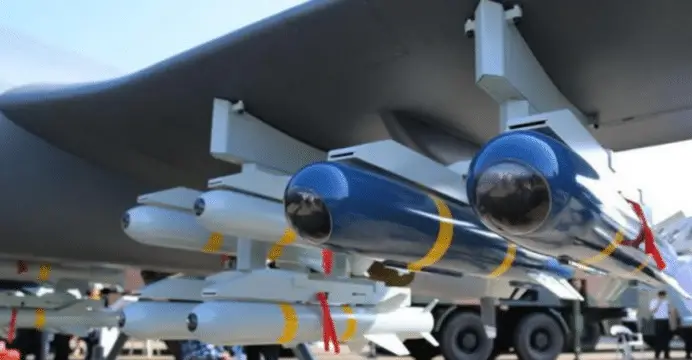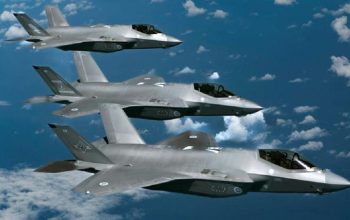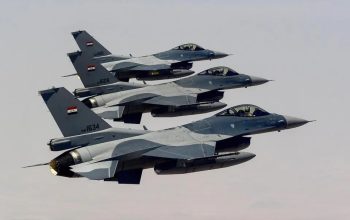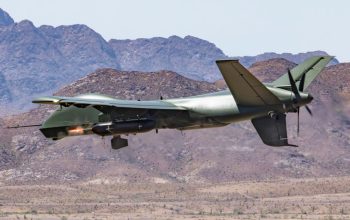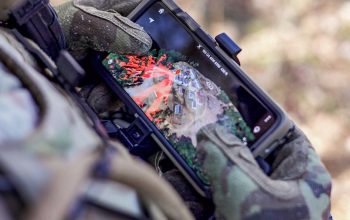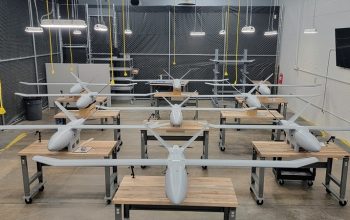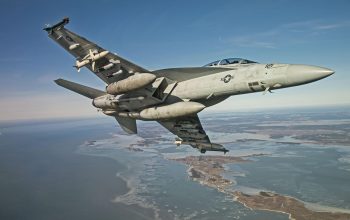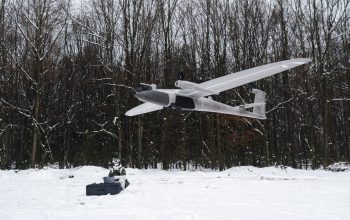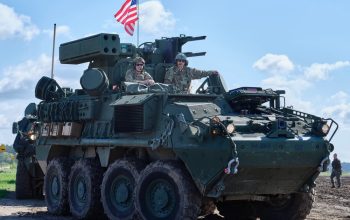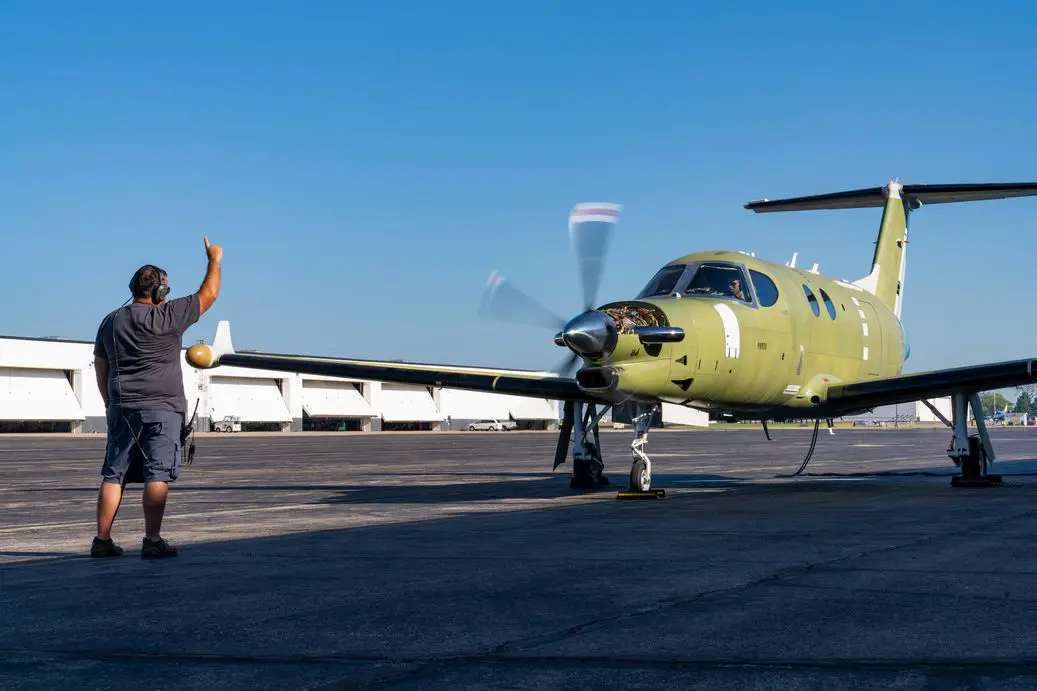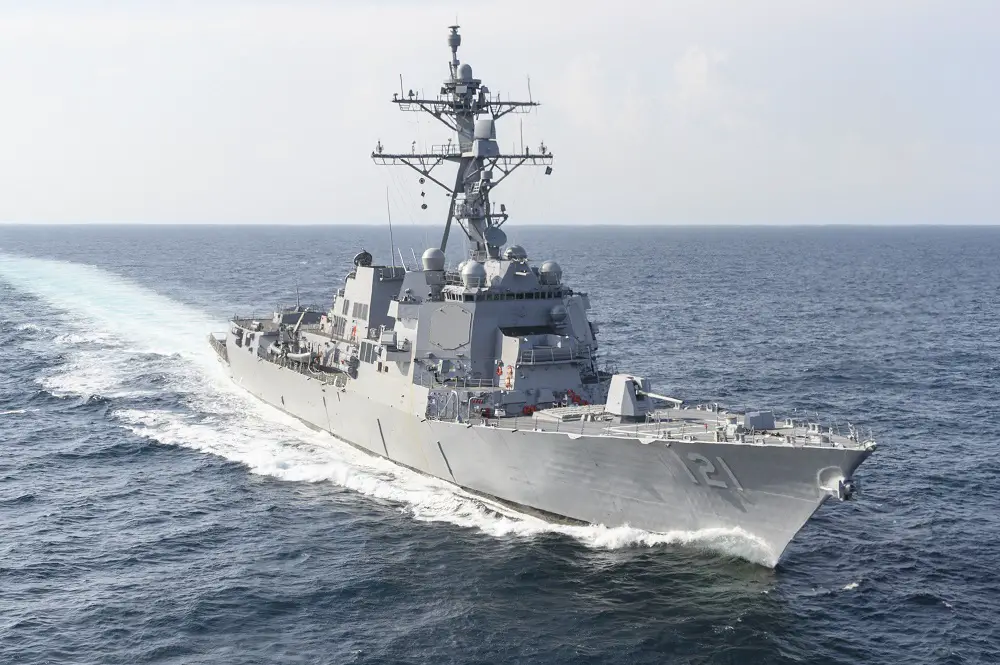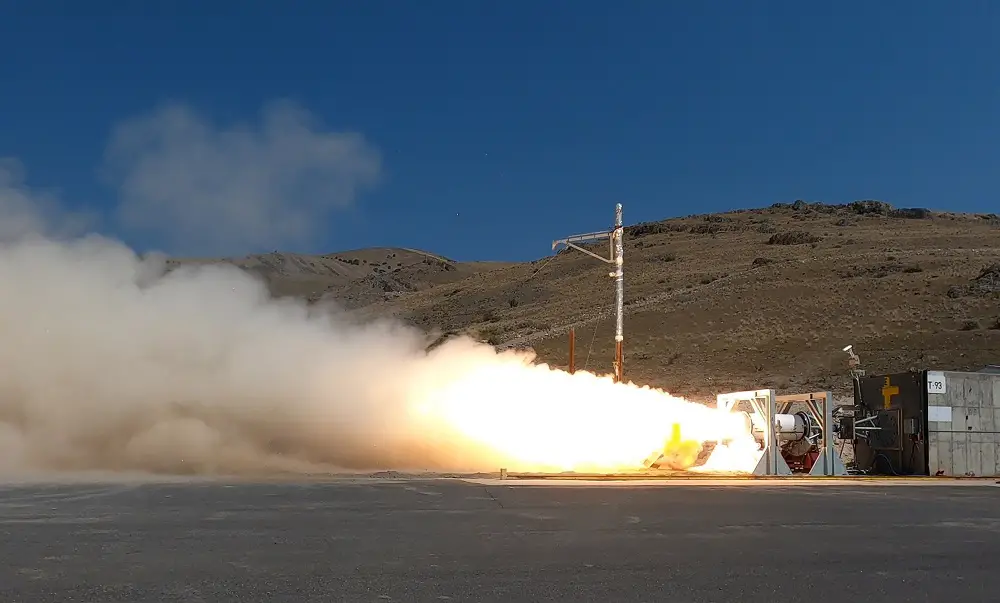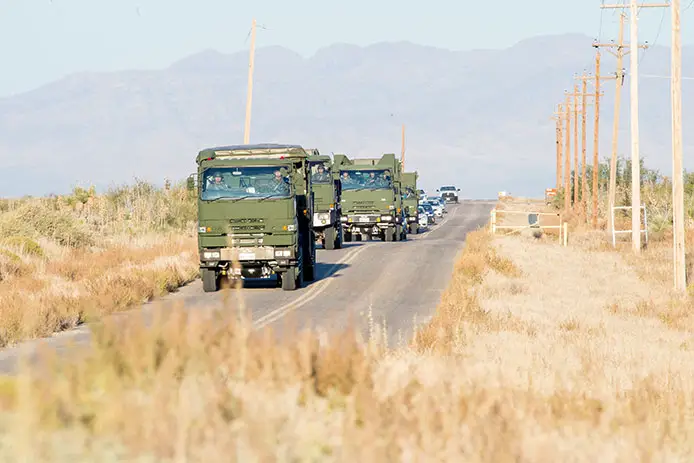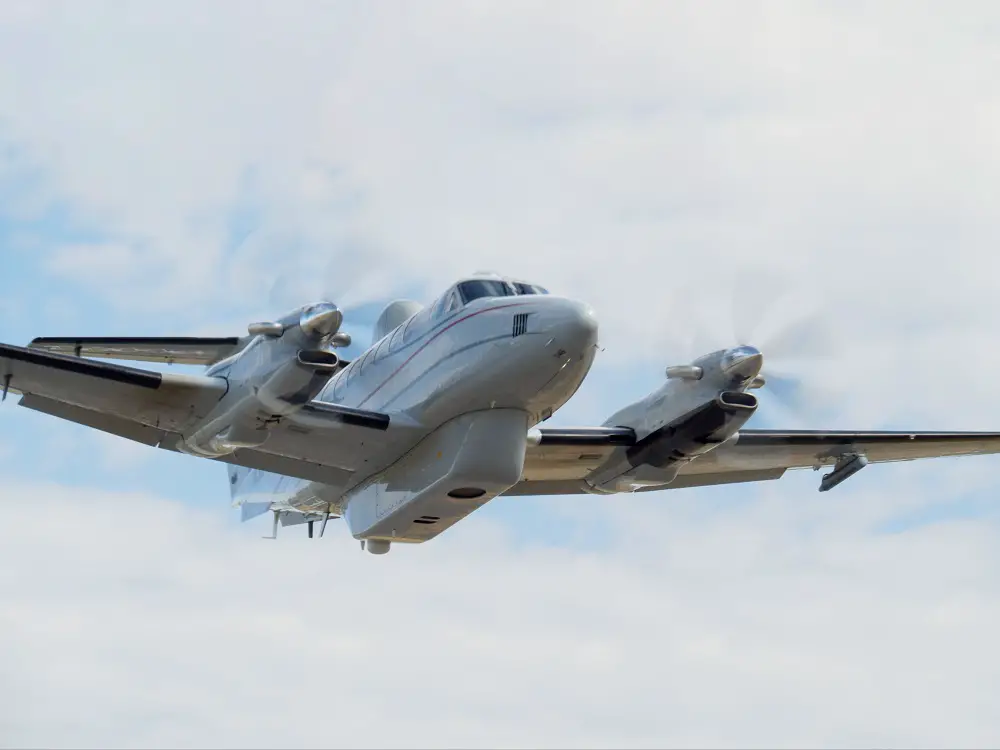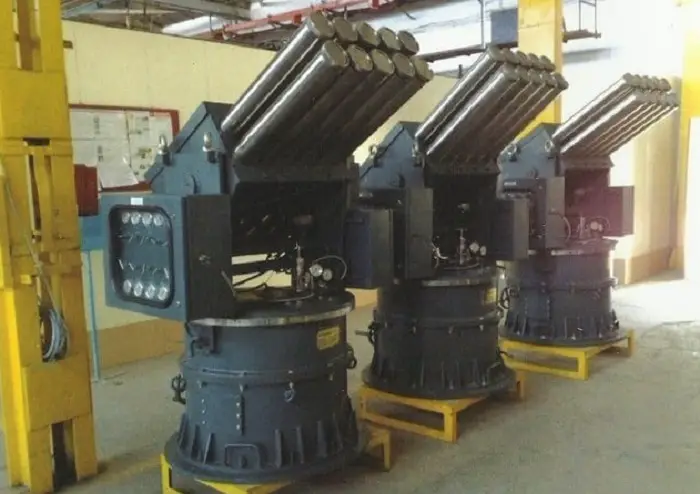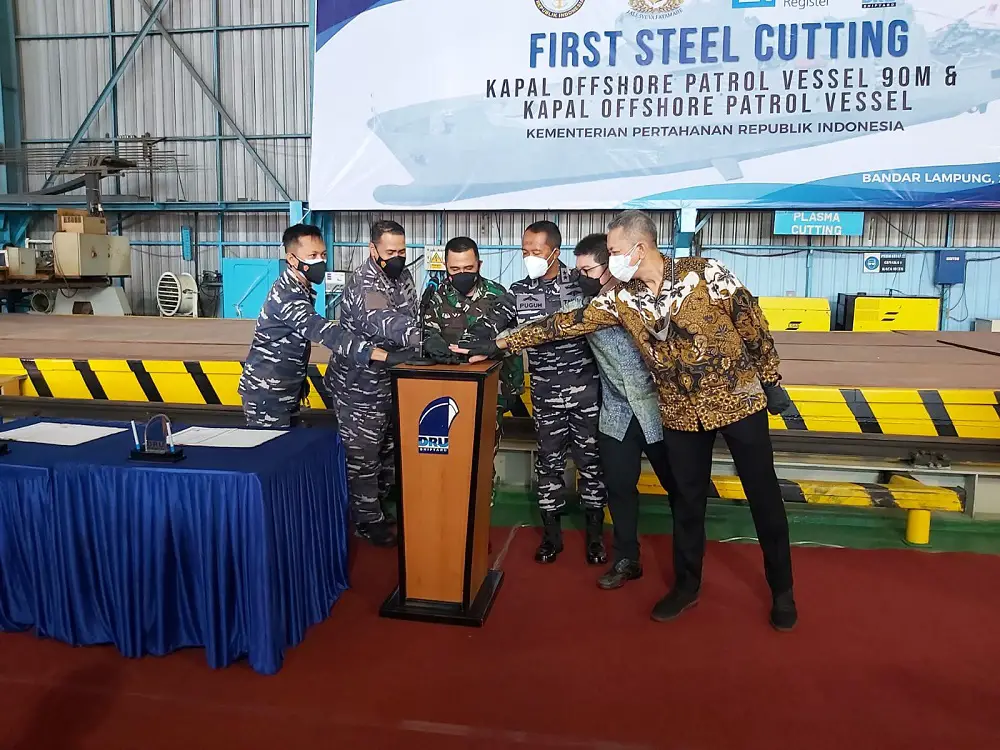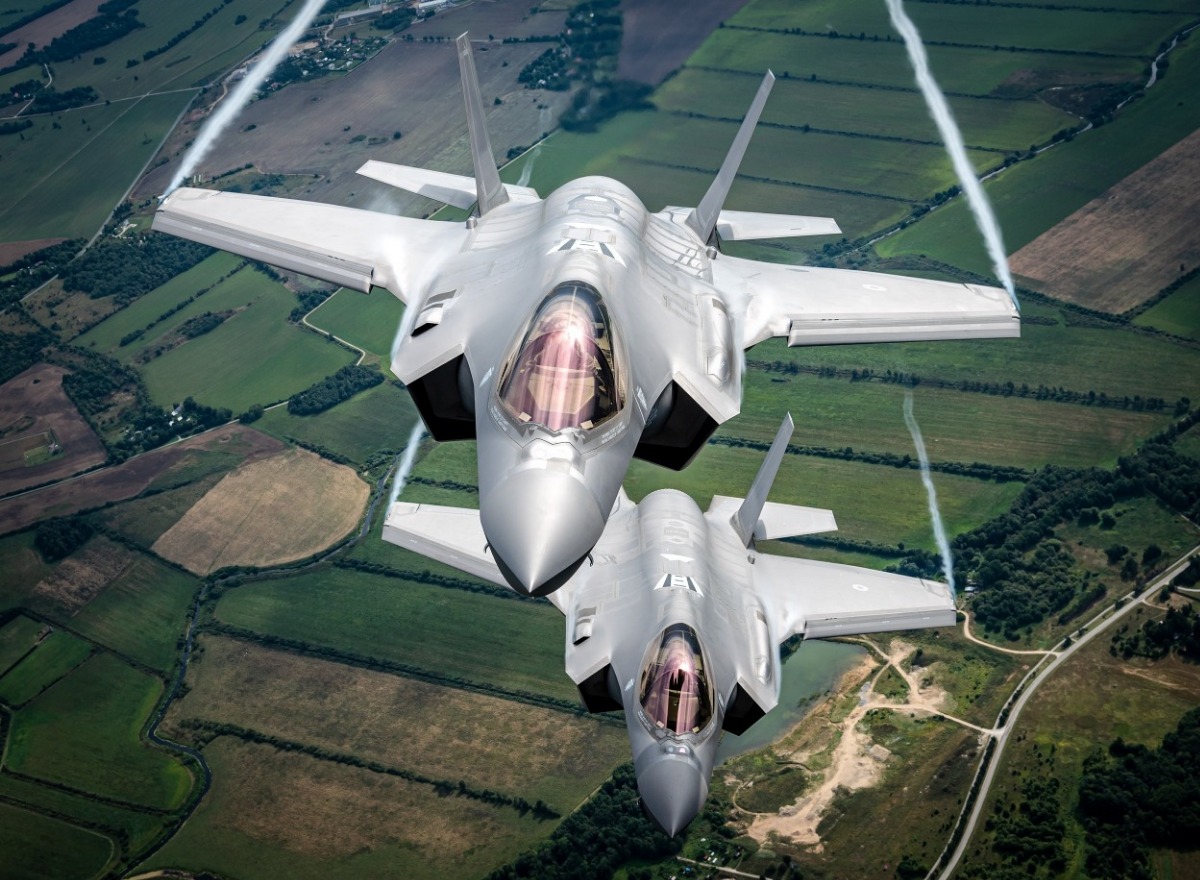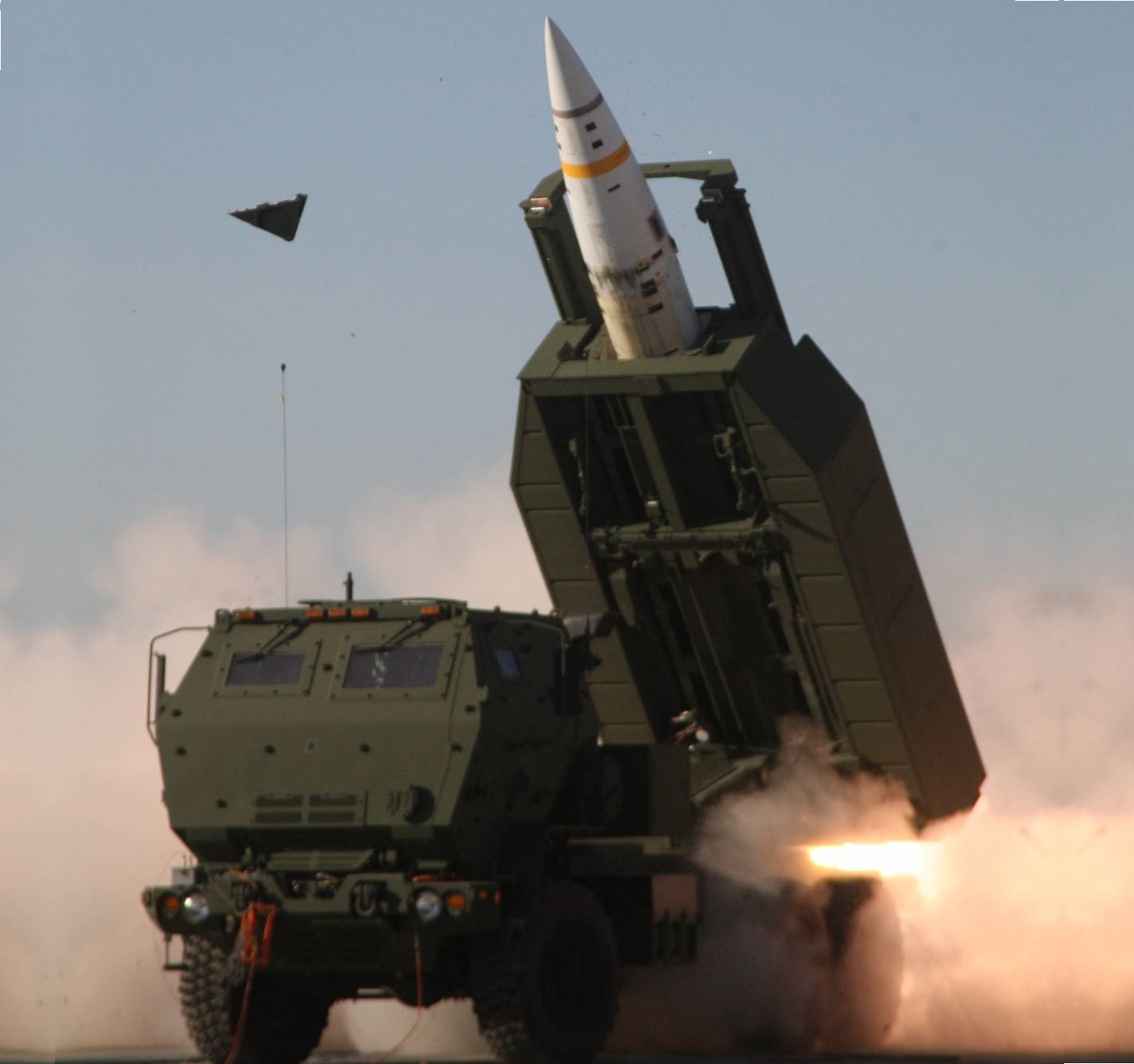The Indonesian Air Force has received its first batch of Chinese-made AR-2 air-to-surface, precision-guided missiles. The missiles will be deployed on the Indonesian Air Force’s CH-4 unmanned combat aerial vehicle (UCAV), arrived at the service’s main ammunition depot on the Iswahyudi Air Force Base on 8 April. Smaller, cheaper missiles like the AR-2 are powerful enough to handle those targets, and their lighter weight enables a drone to carry more missiles.
The AR-2 relies on its inertial guidance system for mid-course updates and on its semi-active laser (SAL) seeker for terminal homing. With a weight of about 20 kilograms and a 5 kg warhead, an AR-2 has a maximum range of 8 kilometers and a top speed of 735 kilometers per hour. It is effective against personnel, armored cars, houses or bunkers. The AR-2 was designed for the CH-series of armed unmanned aerial vehicles (UAV), which were developed and produced by the China Aerospace Science and Technology Corporation (CASC).
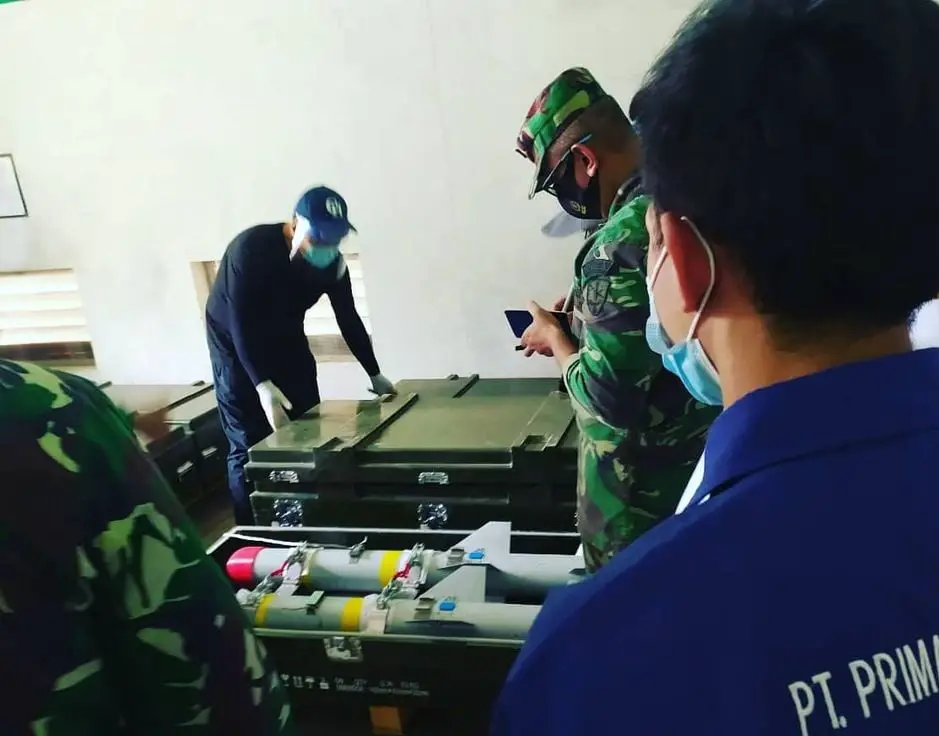
The Indonesian Air Force currently operates a fleet of six CH-4 unmanned combat aerial vehicles, the first two of which made their public debut in October 2019 during a parade to mark the 74th anniversary of the Indonesian Armed Forces. The CH-4 variant supplied to Indonesia has an operating radius of between 1,500 km and 2,000 km and can be operated via satellite link. The Indonesian Air Force trialled a couple of Chinese-manufactured CH-4B MALE UAVs during the Dharma Yudha joint exercise from 9-12 September 2019.
CH-4 looks almost identical to General Atomics MQ-9 Reaper, and the only distinct visual difference between two UAVs is that the ventral fin below the V-tail on MQ-9 is absent on CH-4. There are two versions, the CH-4A and CH-4B. The CH-4A is a reconnaissance drone while the CH-4B is a mixed attack and reconnaissance system with provisions for 6 weapons and a payload of up to 250 to 345 kg. CH-4 is capable of firing air-to-ground missile from altitude of 5,000 meters (~16,400 feet), therefore the aircraft can stay outside of effective range of most anti-aircraft guns.


